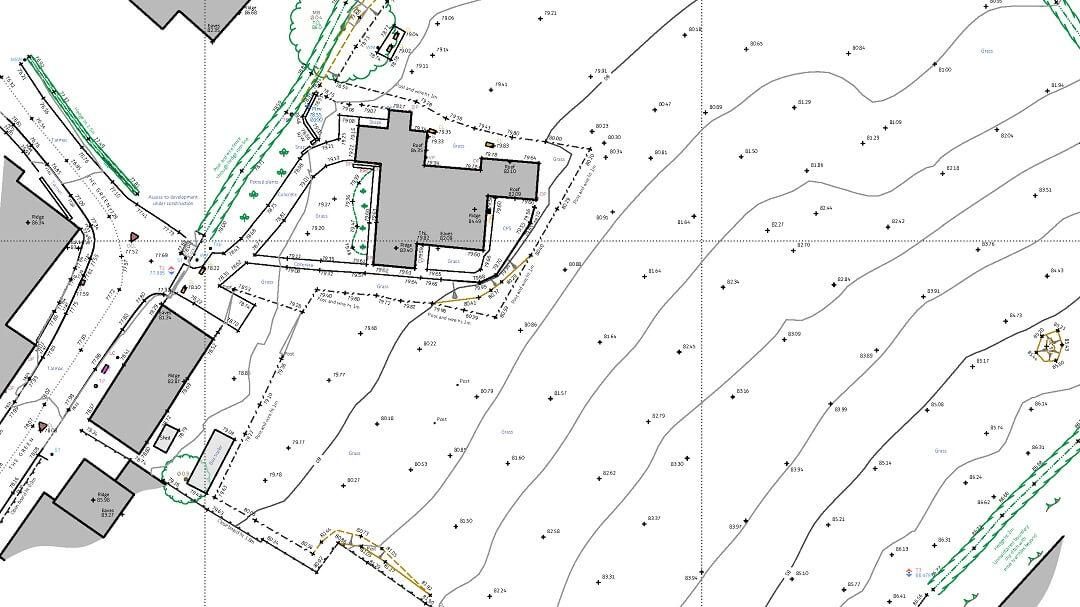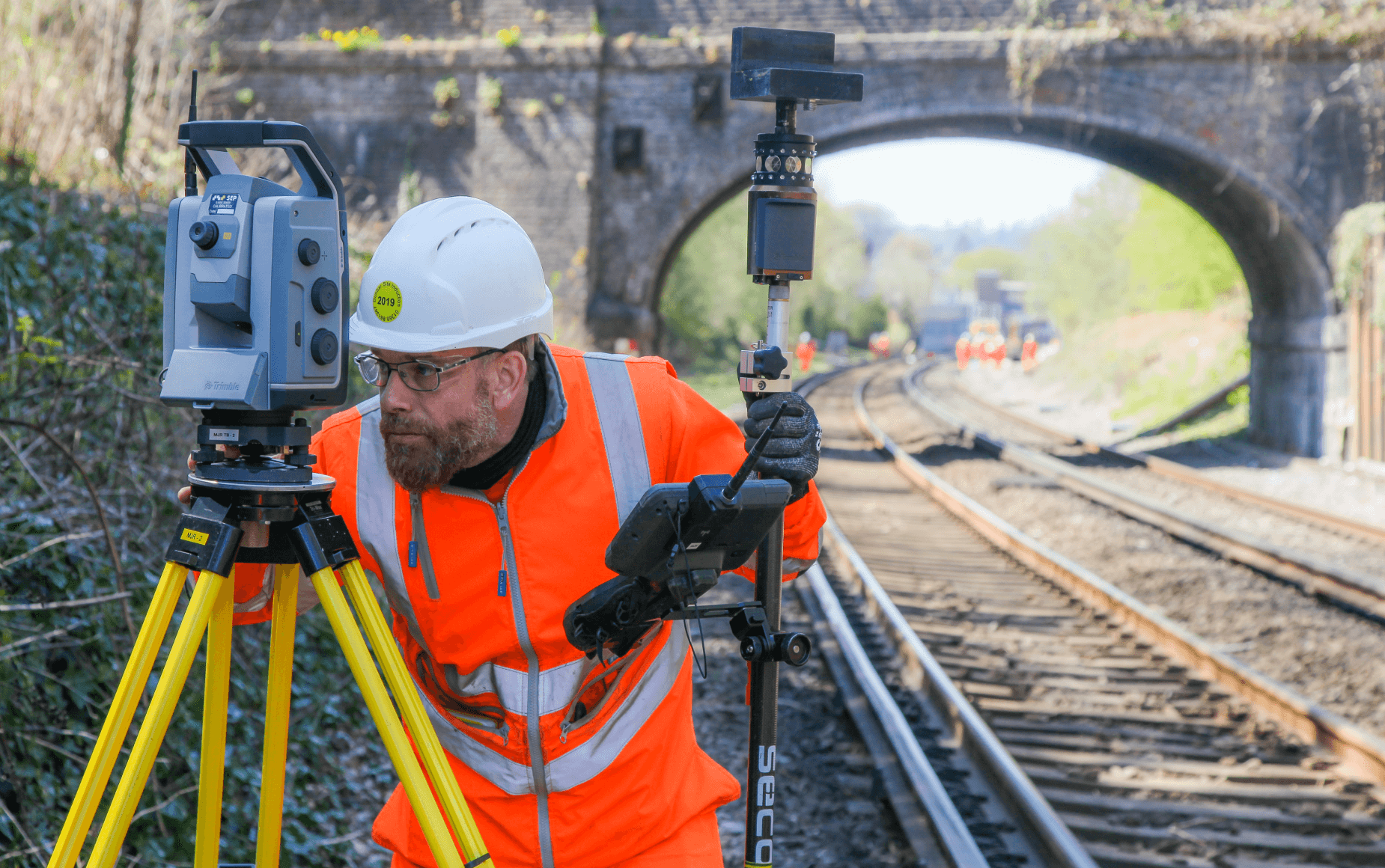How Engineering Surveys Contribute to Successful Infrastructure Development
How Engineering Surveys Contribute to Successful Infrastructure Development
Blog Article
Crucial Tools and Techniques in Laying Out Engineering
The self-control of setting out design counts greatly on a collection of crucial devices and strategies that underpin the precision and effectiveness of task execution. What effects does this hold for future design practices?
The Importance of Accurate Dimensions

The value of accurate dimensions prolongs past simple compliance; they are integral to the overall efficiency of engineering procedures. Mistakes can lead to worldly waste, project hold-ups, and boosted labor expenses, inevitably affecting the task's bottom line. In addition, specific dimensions improve the quality of the final product, making certain that it does as intended and meets the assumptions of stakeholders - setting out engineering.
Furthermore, the value of precise measurements appears in various design disciplines, including civil, mechanical, and electric engineering. Each field requires an one-of-a-kind strategy to measurement, yet the underlying requirement for precision remains constant. As projects come to be significantly intricate, the dependence on precise measurements will just heighten, highlighting the requirement for consistent advancements in measurement strategies and technologies. Hence, cultivating a culture that focuses on precision is necessary for the future of design.
Necessary Tools for Setting Out
Setting out, a critical stage in the engineering and building and construction process, counts greatly on details tools that make sure precise area and placement of frameworks. Among these devices, the property surveyor's degree attracts attention, supplying specific straight measurements important for developing reference factors. This instrument makes it possible for designers to figure out elevation modifications and keep uniformity throughout the job website.
The total station is an additional essential device, incorporating electronic distance measurement with angular measurement capacities. This technology improves performance and accuracy in capturing spatial data, allowing for reliable website format and preparation.
Additionally, making use of gauging tapes and marking tools, such as chalk lines or stakes, is essential for temporarily marking limits and crucial factors on the website. These fundamental devices, though basic, are important for ensuring clear communication amongst the building group regarding task requirements.
Last but not least, general practitioner technology has gained traction in establishing out processes, supplying real-time placing data and significantly boosting precision over conventional approaches. Collectively, these crucial devices create the backbone of efficient establishing out techniques, eventually adding to the successful implementation of design and building tasks.
Advanced Checking Techniques
Advanced surveying techniques play an essential function in enhancing the accuracy and performance of engineering jobs. These strategies incorporate a series of techniques that provide exact information for style and construction. Conventional methods, such as progressing and triangulation, have advanced into extra innovative approaches, including Overall Terminal studies and International Navigating Satellite Equipment (GNSS)
Overall click for source Station tools integrate electronic theodolites with distance measurement abilities, permitting surveyors to gather specific location information with great rate. This modern technology considerably minimizes errors connected with hands-on measurements and supplies real-time information processing. Additionally, GNSS uses unparalleled precision for large tasks by making use of satellite signals site web to figure out specific positioning, which is necessary for making certain and lining up frameworks compliance with style requirements.
In enhancement to these devices, progressed techniques also integrate geospatial evaluation and 3D modeling. These approaches make it possible for engineers to visualize terrain and site conditions a lot more properly, facilitating better decision-making during the planning phase. By utilizing these sophisticated checking strategies, design tasks can achieve greater precision in design, minimize rework, and ultimately enhance total task success.
Digital Technology in Engineering
The combination of electronic innovation has actually changed design techniques, boosting both performance and precision across various self-controls. Devices such as Structure Info Modeling (BIM) assist in the visualization and management of complicated tasks, permitting engineers to collaborate perfectly and make educated decisions. This technology enables the creation of thorough 3D versions, which can be assessed for architectural honesty and efficiency before building and construction begins.

The application of expert system and artificial intelligence in design processes further boosts predictive upkeep and optimization of sources. These technologies make it possible for the evaluation of large information sets, leading to far better forecasting and boosted job outcomes. On the whole, electronic technology is reshaping the design landscape, driving development, and guaranteeing that jobs are completed with better performance and reduced risk. As the industry continues to develop, welcoming these tools will be important for future success.
Best Practices for Application
When implementing electronic technology in design, it is essential to establish a critical strategy that straightens with project objectives and organizational abilities. A thorough evaluation of existing operations and modern technology facilities is vital to determine gaps and opportunities for renovation. Involving stakeholders early while doing so promotes collaboration and makes certain that the technology fulfills customer demands.

Task supervisors ought to embrace a repetitive implementation technique, permitting adjustments based on real-time comments and performance assessments. This nimble strategy not only alleviates threats yet likewise promotes continuous renovation by including lessons found out.
Final Thought
To conclude, the assimilation of important devices and advanced strategies in setting out design is essential for guaranteeing precision in measurements and successful task implementation. Utilizing tools such as property surveyor's levels, complete terminals, and GPS technology, alongside modern-day evaluating techniques, boosts precision and reduces the possibility of mistakes. Adopting ideal methods in application better maximizes these processes, inevitably promoting enhanced task end results in the design useful link and building and construction sectors.
The self-control of establishing out design relies heavily on a suite of crucial devices and strategies that underpin the accuracy and efficiency of job execution.In addition, the relevance of accurate dimensions is apparent in numerous design self-controls, including civil, mechanical, and electric engineering. By employing these sophisticated checking techniques, design tasks can accomplish greater precision in design, reduce rework, and inevitably enhance overall job success.
On the whole, electronic modern technology is reshaping the engineering landscape, driving advancement, and ensuring that jobs are finished with higher effectiveness and reduced risk (setting out engineering).In verdict, the combination of essential tools and progressed methods in setting out engineering is vital for making sure precision in measurements and successful task execution
Report this page